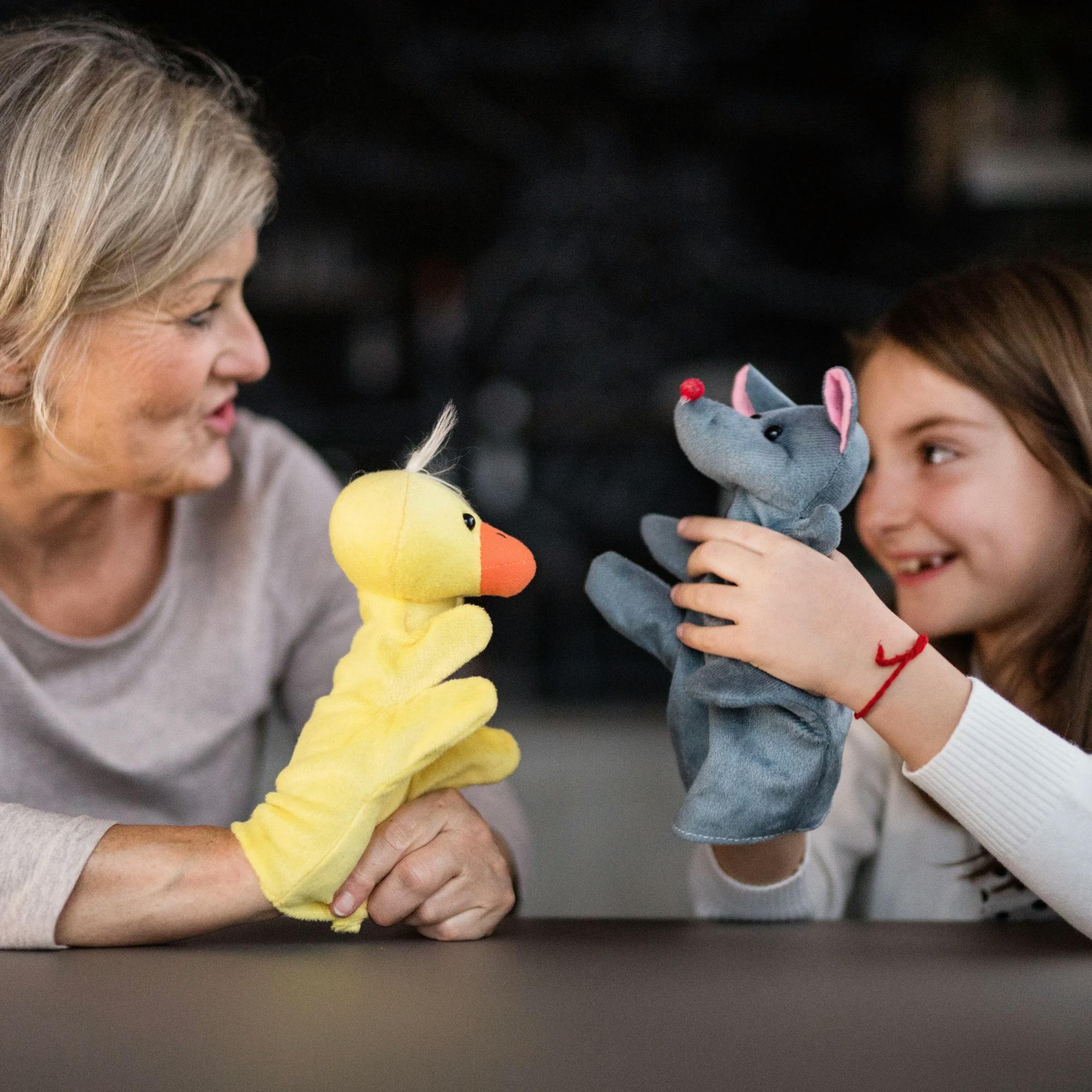
How to Work on Speech Sounds with Children Under 4 Years Old
 Leanne Sherred, M.S., CCC-SLP
Leanne Sherred, M.S., CCC-SLP
In this article, we're discussing how to help your toddler or preschooler learn speech sounds in order to speak more clearly.
Different sounds develop at different ages. Easy sounds like /b/, /p/, and /m/ develop early, and more difficult sounds like /th/, /r/, and /j/ develop later.
Free speech check
How well is your child speaking for their age? Find out with our free 5-minute online screener. No signup required, just answers.
 Start the screener
Start the screenerYou might notice your young child struggling with certain sounds that are expected for their age. According to the American Speech-Language-Hearing Association (ASHA), most English-speaking children can typically pronounce these sounds at these ages:
By 3 months:
Makes cooing sounds
By 5 months:
Laughs and makes playful sounds
By 6 months:
Makes speech-like babbling sounds like puh, ba, mi, da


By 1 year:
Babbles longer strings of sounds like mimi, upup, bababa
By 3 years:
Says m, n, h, w, p, b, t, d, k, g, and f in words
People familiar with the child can understand their words
By 4 years:
Says y and v in words
May still make mistakes on the s, sh, ch, j, ng, th, z, l, and r sounds
Most people understand the child’s speech


Choosing the right words to work on with your toddler
If your child is struggling with a speech sound expected for their age, we can start supporting them early on. For kids who are having difficulty with their speech clarity, or articulation, you can try focusing on words that are functional, or that they're likely to use in regular communication. So if they're having trouble with the /f/ sound, focus on saying words like "full" and "foot" with your child.
Speech sound strategy: Auditory bombardment
One strategy that speech-language pathologists commonly use is called auditory bombardment. It essentially means that when we have a sound we want to target, we use that sound a lot within a short period of time.
So again, if we were going to practice the /f/ sound, we might say, "The blocks are going to fall. They're falling down. Don't fall, blocks!" or "The little fish is swimming! What does the little fish want to eat? French fries?"
Speech sound strategy: Visual cues
When speech sounds are proving tricky, it can be helpful to add another clue to the puzzle. Visual cues are just that! Try to get your child's attention and have their eyes focus on your face. Seeing your mouth form the sound correctly will help them imitate the sound more accurately. Another idea is to bring an object near your face, like a toy, to get your child's attention. So, if you're working on the /b/ sound, try holding a ball near your face.


What if your child needs more help with their speech?
In some cases, children with speech sound disorders will need to work with a skilled speech-language pathologist. If you notice that other people have a hard time understanding your child, or you have other concerns about their speech, talk with your pediatrician and seek an evaluation from a speech therapist.
You can also take our free online screener to learn if your child would benefit from a speech and language evaluation. This simple quiz is tailored to your child's birthdate and will give you fast, personalized results.
How Expressable Can Help
Concerned your child isn't reaching age-expected milestones? Looking for communication support from a professional? Expressable is a national online speech therapy practice serving children and adults. We treat all major areas of communication and feeding, offer flexible hours including evenings and weekends, and accept most major health insurance plans. We’re proud to have earned more than 3,000 5-star reviews from our clients (4.9/5 average).
Our therapy model is centered on parent and caregiver involvement. Research proves that empowering caregivers to participate in their loved one’s therapy leads to better outcomes. That’s why we combine live, 1-on-1 speech therapy with personalized education and home practice activities for faster progress.
Communication is more than words. It’s how we share how we feel and show who we are. We’re here to help you or your child do just that.













